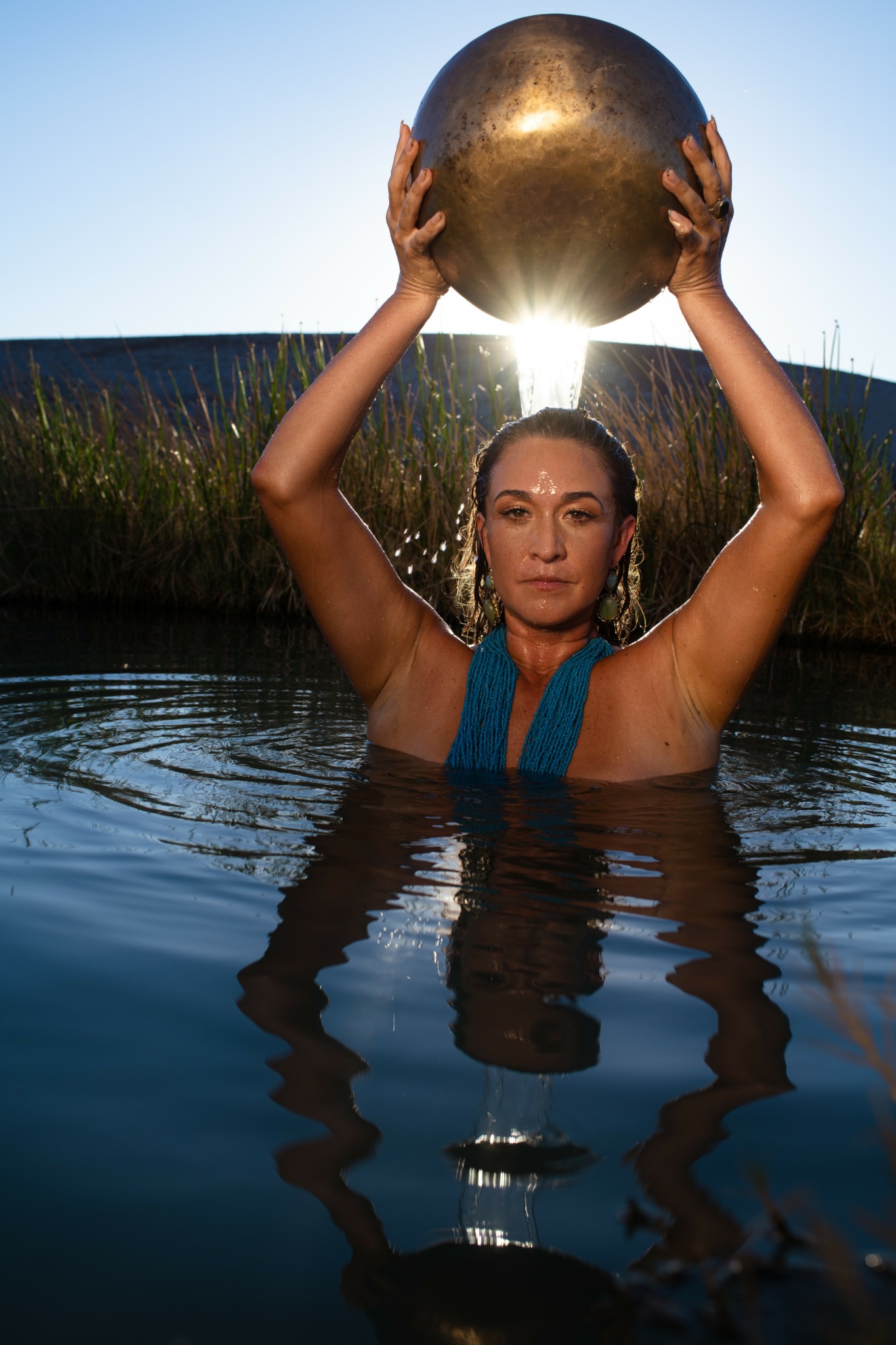We’re excited to introduce you to the always interesting and insightful Rocio. We hope you’ll enjoy our conversation with Rocio below.
Alright, Rocio thanks for taking the time to share your stories and insights with us today. Can you open up about a risk you’ve taken – what it was like taking that risk, why you took the risk and how it turned out?
Water is the greatest teacher of this living experience, so it makes sense I begin with what she taught me. They say the first risk we take is birth, nine months cradled in my mother’s waters before I was ushered into air. I’ve always felt kin to metamorphosis: the butterfly leaving land for sky, the body leaving its familiar element. My first risk was that first breath ,and since then, life has kept asking me to risk, to let go, to be remade.
The risk I want to tell you about began where many thresholds begin: at the edge. In 2008 the world convulsed, an economic crisis, a future that felt thin, and for me, a depression that hollowed out the ground beneath my feet. Rage had been my early language against injustice, colonial violences, systems that devoured people. Activism fed me purpose, but it also burned me out. By the time I accepted a role as dean at an environmental high school, I hoped to translate that fire into repair. Instead, the work exposed how the systems I fought could live inside me: the same walls, the same denial. The job left me exhausted, my nervous system overridden until I was physically unable to walk for days. I took a leave. My life, as I had built it, began to collapse.
In 2011 a dream came: visceral, bone-deep. “Get up. Leave everything and go,” it said. It didn’t make logistical sense. Nothing about it promised safety. But the knowing was a tide too strong to ignore. Within weeks I let go of what I had, not much, really, grabbed a backpack, bought a one-way ticket, and left. I joined a friend curating a women’s journey through the Yucatán, following sacred feminine sites that would become initiatory markers on the path I was stepping into.
The hardest risk was not simply leaving a life; it was leaving with nothing I could depend on, with no plan to show anyone. I told my parents I’d be back in a month. I knew, quietly and absolutely, that I would not return the same.
The trail led me from Mexico into Guatemala to Lake Atitlán, where I spent nine months at a meditation center. I entered my first long silence, roughly fifty days,and it was the cocoon of my metamorphosis. In that quiet I began to listen to the water in myself. Visions came of a path that would eventually be named by the sea.
Months later, living in a surfer town in Oaxaca, I found my first formal water training. It was revelatory: water embraced me, teaching with its patient intelligence. I leaned in. I committed. I learned the languages of currents, of containment and release, of how grief and memory move through the body like tides.
That knowing, that water had claimed me as a vessel,has shaped the last thirteen years of my life. I have taken what she taught and offered it back in tangled, imperfect, powerful ways so people might heal individually and collectively. This work has demanded loyalty, discernment, and continual refinement: how to remain open, empathetic, and resilient without collapsing into everyone else’s pain.
Water’s teaching is simple and vast: we are made of her; our emotions are her weather; our bodies hold deep oceans of lineage and longing. She asks us to be fluid and also to hold shape, to trust the current even when the shore is gone. Right now, as the world asks for rebirth, water shows us how to be remade, slowly, insistently, tide after tide.
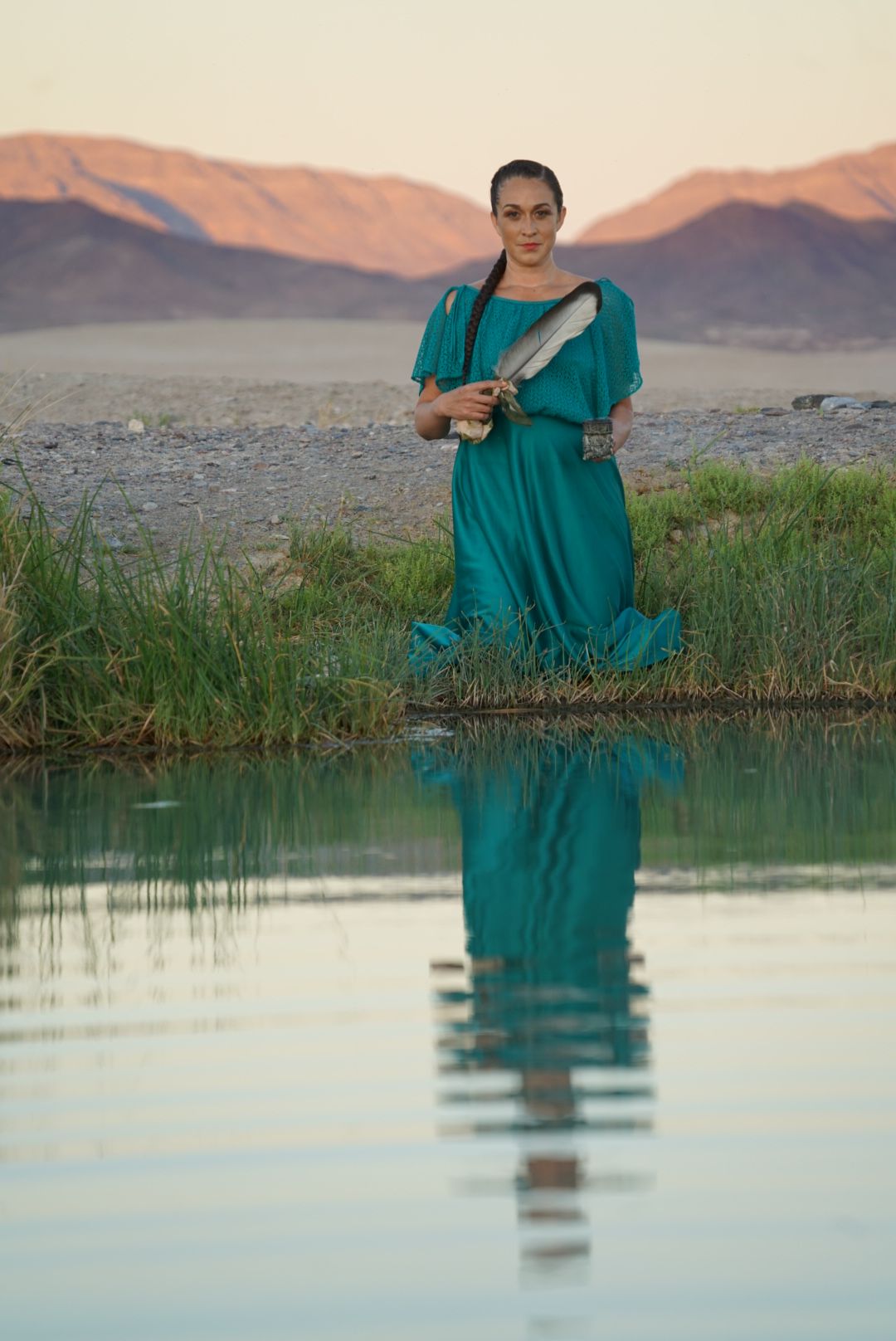

Great, appreciate you sharing that with us. Before we ask you to share more of your insights, can you take a moment to introduce yourself and how you got to where you are today to our readers.
I often describe myself as a daughter of migrants, a sociologist turned water healer, and a guide for those navigating grief, transformation, and remembrance. My work lives at the intersection of body, spirit, and the element that connects them all: water.
My path here began long before I chose it. I grew up in Los Angeles in the 80s and 90s, the child of Mexican immigrants who left their pueblos at a young age to make a life in the city. There was community, but also violence and silence, emotions were not something we spoke of or learned to hold. I grew up sensitive, with a nervous system that absorbed everything, and for a long time I thought that was a weakness. Later, I came to understand that sensitivity was actually my greatest guide.
I studied sociology and ethnic studies, diving into questions of systemic injustice, access, and power. But at a certain point, the intellectual path hit a wall. I knew there was something deeper calling me, something that couldn’t be found in policy papers or organizing meetings. That deeper calling came through water.
Water became my teacher. She showed me how to soften when I wanted to harden, how to flow through the unknown, how to remember that freedom is cultivated within. I began guiding people in water healing sessions, ceremonies where the body, nervous system, and spirit are held and embraced by water. From there, my work expanded into group rituals, psilocybin integration, ancestral practices, and courses where I teach about water as both a scientific and spiritual intelligence.
At its core, my work supports people who are carrying grief, trauma, or disconnection. I help them find safety in their own bodies again, release what has been repressed, and access memory, ancestral, childhood, even potential futures. Because we are mostly water, the element itself becomes a bridge: it regulates the nervous system, opens the heart, and helps people return to flow.
What sets me apart is not just the techniques I use, but the relationship I’ve built with water. I don’t see her as a tool but as a living intelligence, a guide. My offerings weave together science, ritual, somatics, and ancestral wisdom, but always in devotion to the waters that hold us all. This makes my work less about “fixing” and more about remembrance.
I’m most proud of the transformations I’ve witnessed, not just in individuals, but in how those ripples extend to families and communities. When one person heals, it creates space for those around them to soften too. That kind of healing is contagious, in the most beautiful way.
If there’s one thing I want people to know about my work, it’s that water is not only essential for our physical survival, but also for our emotional and spiritual evolution. She is memory, she is mirror, she is medicine. And my role is simply to help people remember that.
My work isn’t about fixing people, it’s about helping them remember they’re mostly water. Which, frankly, explains why we cry at commercials, why the ocean feels like home, and why dehydration is the real enemy.

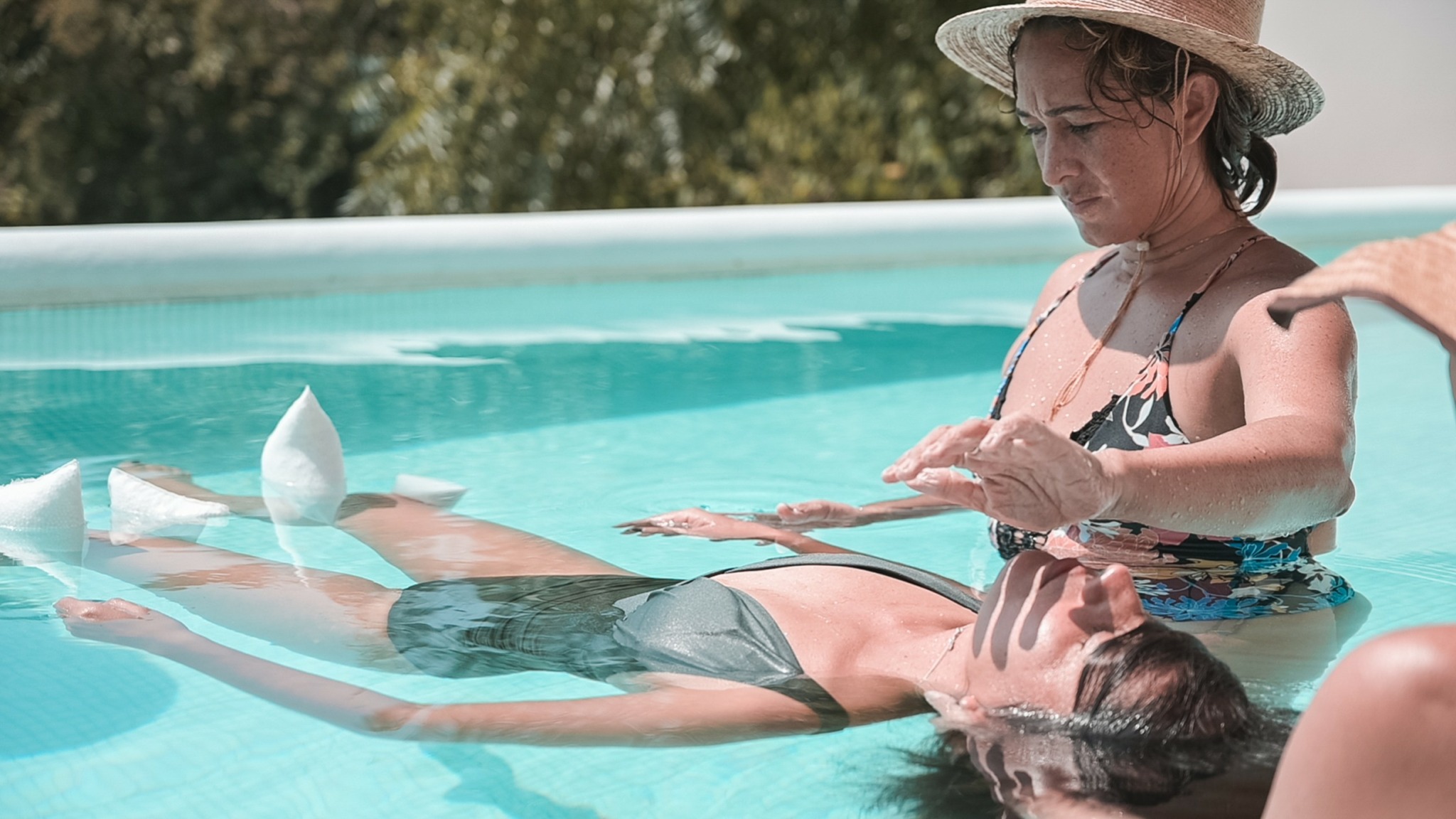
If you could go back, would you choose the same profession, specialty, etc.?
If I could go back in time, would I choose the same profession? Yes, without hesitation.
I’ve always believed that our professions and passions reveal something deeper within us, parts of ourselves we are trying to reconcile, master, or remember. They point us toward the gap between what feels unfulfilled and where our gifts already exist. When we take the time to ask why we do what we do, and really listen, we begin to see how life is guiding us.
For me, growing up in Los Angeles in the 80s and 90s shaped everything. I was raised by working-class Mexican immigrant parents who left their towns at a young age. There was so much community and culture around me, and also the challenges, family violence, repression, and the silence around emotions. Emotional intelligence wasn’t something we were taught or modeled. So I learned early on to carry and repress feelings. And yet, despite those challenges, I kept a spark of optimism alive, the sense that life held something more than what I could see.
That search carried me into higher education, activism, and sociology, where I tried to make sense of systemic issues that felt unresolvable. But even there, I found myself hitting walls. That’s what eventually opened the deeper path for me: water.
Water became my teacher. She helped me shed the layers that kept me inhibited and guided me to access new places within myself. Through water, I learned that freedom is not something granted externally—it’s cultivated within. And with that inner freedom, we gain the ability to respond to life creatively, instead of reacting from old wounds or unconscious patterns.
That’s the essence of my work. For over 13 years, I’ve guided people into the waters, literally and metaphorically. Water, in her embrace, allows the body and nervous system to soften, release, and remember. Because we are mostly water ourselves, she mirrors us back to ourselves. Clients have experienced profound emotional release, nervous system regulation, and even ancestral and childhood memories resurfacing for healing. In that depth, transformation happens, not just for the individual, but for their families and the wider circles they touch.
I always say that water is life’s original archive. She holds memory, consciousness, and imprint. When we tune into her intelligence, we’re tuning into the field of creation itself. In a world where so many leaders project their shadows outward and people move unconsciously through life, water calls us back to tenderness, awareness, and choice. She teaches us to lead from within, to become healers in our own right.
So yes, I would choose this path again. The timing feels divine. Water is offering humanity vital lessons—about survival, nourishment, and also about emotional and spiritual evolution. Even if the changes we plant now won’t fully bloom until future generations, I want to be part of that contribution. To me, that’s worth everything.
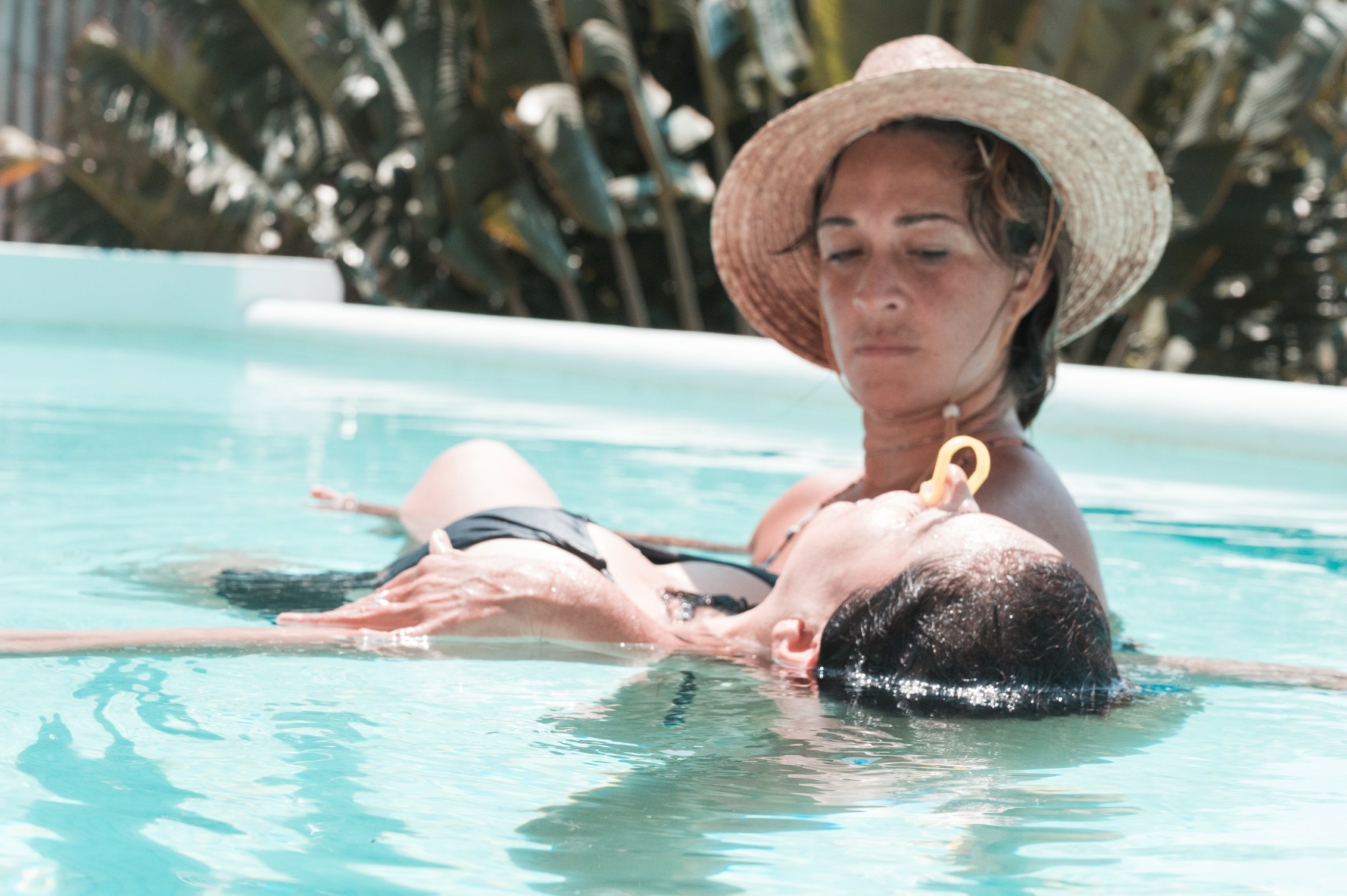

Putting training and knowledge aside, what else do you think really matters in terms of succeeding in your field?
Beyond training and knowledge, what has helped me succeed in this work is really the unseen, qualities that were once my challenges but became my strengths. Sensitivity, intuition, and presence.
I grew up in Los Angeles in a working-class immigrant family where emotions weren’t something we spoke about, much less cultivated. That repression made me deeply sensitive, but over time, I learned that what I once saw as a wound was actually a gift. Sensitivity is what allows me to feel beneath words, to notice the subtle movements in people’s nervous systems, in their bodies, in the field around us. That kind of attunement can’t be taught in books, it comes from lived experience, and it’s been essential to my work.
Equally important has been my relationship with water itself. I didn’t just study water, I built a relationship with her as a teacher, an ally, a mirror. Water has shown me how to listen more deeply, how to soften when I want to harden, how to flow through the unknown with trust. This relationship has shaped not only my work but who I am as a person.
And then there’s presence. Clients don’t come to me only for tools or practices, they come because of how I show up, the field I hold. Success in this work is less about having all the answers and more about being able to sit in the unknown with someone, to hold grief, memory, or fear without rushing to fix it. That is what creates safety, and safety is what makes transformation possible.
If I had to name what sets me apart, it’s the weaving together of resilience, lived experience, devotion, and creativity, alongside a deep reverence for water. This isn’t just a profession for me; it’s a calling. And water has taught me that real leadership isn’t about power or position, but about micro-responses: how we meet the moment, how we embody tenderness, and how we respond to life creatively.
Contact Info:
- Website: https://www.rocionavarro.org
- Instagram: https://www.instagram.com/water_healing?igsh=eDk5a3ZwNnN3MGQy&utm_source=qr
- Youtube: https://youtube.com/@water_healing?si=SBBbH2b0-JGrW1F2

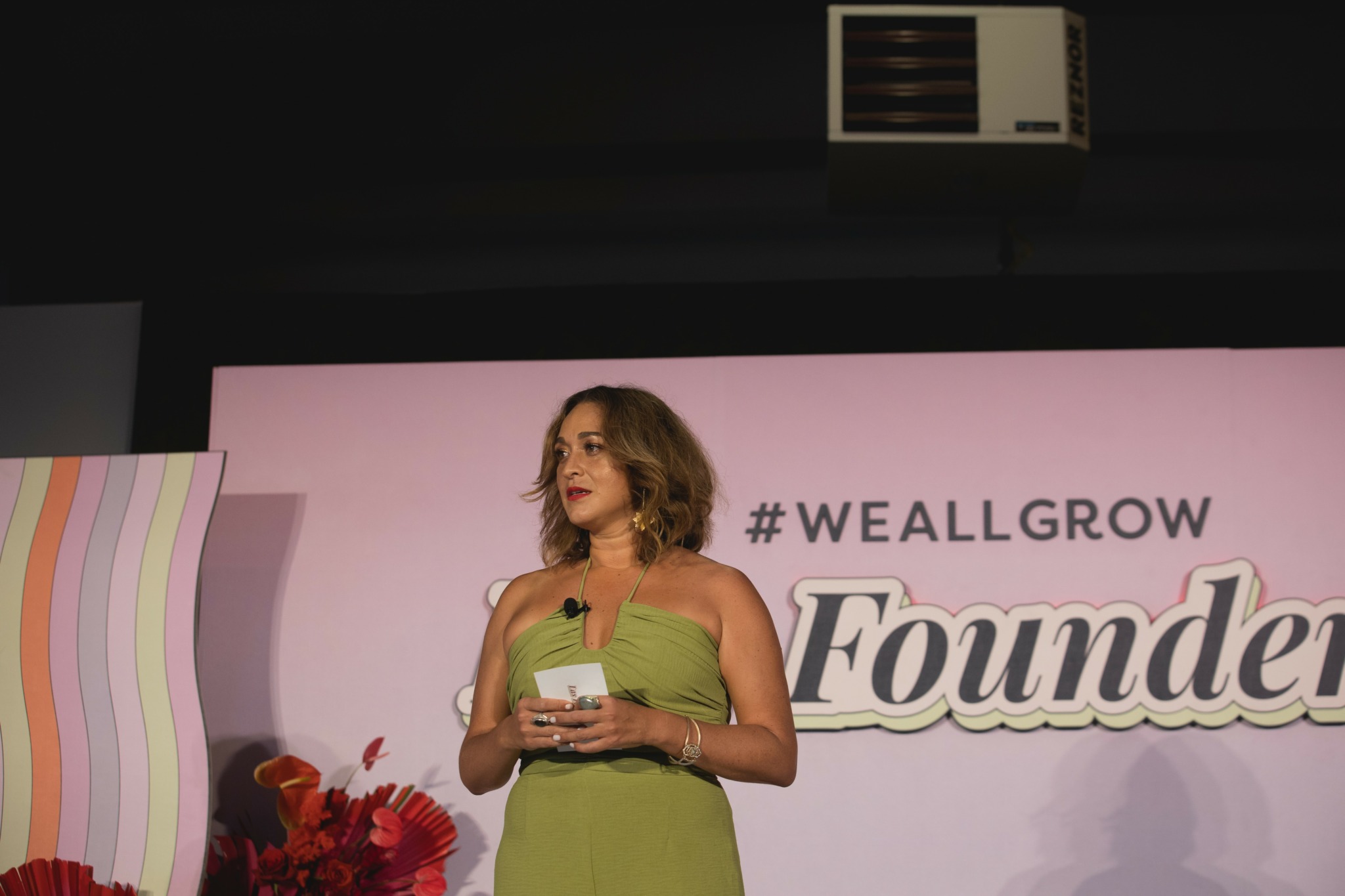
Image Credits
Image Credits: Patrick Reynoso, Liz Matamoros, Bobby Gordon, Rachel Carrillo.


